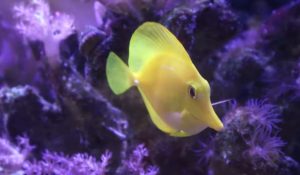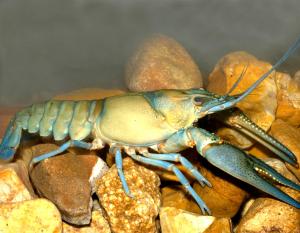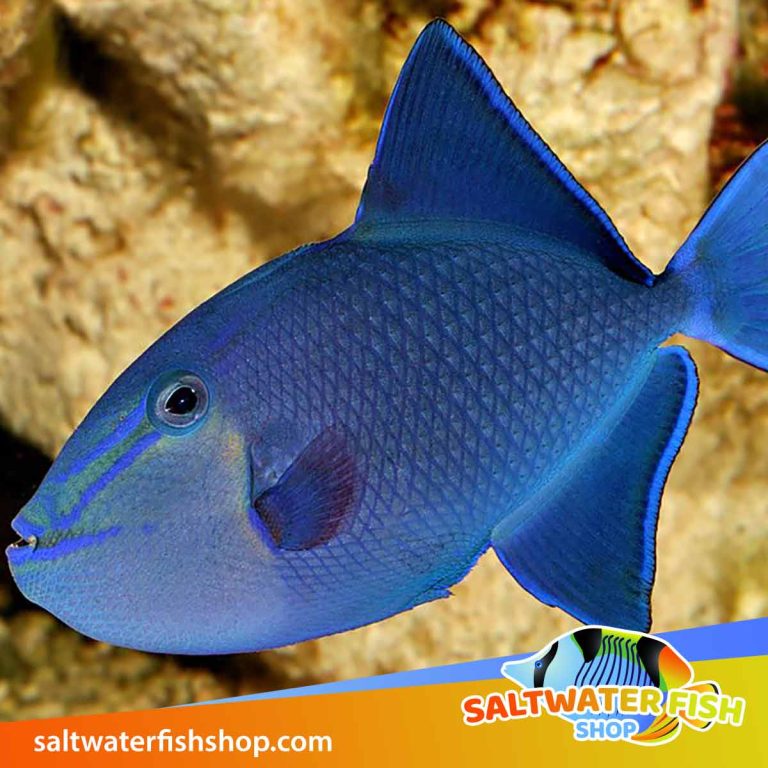Why Are Yellow Tangs So Expensive
Why are Yellow Tangs So Expensive?
Yellow tangs, with their vibrant yellow color and graceful swimming patterns, are a popular choice among aquarium enthusiasts. However, you may have noticed that these stunning fish come with a hefty price tag. So, why exactly are yellow tangs so expensive? Let’s delve into the factors that contribute to their high price and understand why these fish are worth the investment.
1. Limited Natural Habitat
Yellow tangs, scientifically known as Zebrasoma flavescens, are native to the waters of the Hawaiian Islands and the surrounding Pacific. They are unique to this region, which restricts their availability in the aquarium trade. Unlike other fish species that can be found in different parts of the world, yellow tangs have a limited natural habitat, making them more exclusive and valuable.
2. High Demand
The popularity of yellow tangs is another key factor driving up their price. Their striking appearance, coupled with their peaceful demeanor and ability to thrive in a home aquarium, has made them a sought-after choice for fish enthusiasts. The high demand for yellow tangs translates into limited availability, causing their prices to soar.

3. Difficulty in Captive Breeding
While efforts have been made to breed yellow tangs in captivity, it has proven to be a challenging task. Unlike some fish species that readily reproduce in artificial environments, yellow tangs have unique breeding requirements that are difficult to replicate outside their natural habitat. The lack of a successful captive breeding program means that the majority of yellow tangs available in the market are still caught from the wild. The rarity of captive-bred yellow tangs adds to their price due to the additional resources and expertise required.
4. Sustainable Harvesting Practices
To ensure the long-term survival of yellow tang populations, sustainable harvesting practices have been implemented. In Hawaii, only licensed collectors are allowed to catch yellow tangs for the aquarium trade. These collectors must adhere to strict regulations, such as size restrictions and catch quotas, to prevent overfishing. These sustainable practices help maintain the delicate balance of coral reef ecosystems while ensuring the availability of yellow tangs for future generations. However, the cost of implementing these measures adds to the overall price of yellow tangs.
5. Cost of Quarantine and Transport
Before yellow tangs make their way to aquariums around the world, they go through a rigorous quarantine process to ensure they are healthy and disease-free. This involves keeping the fish in separate tanks and monitoring them for an extended period. The cost of labor, equipment, and maintenance during the quarantine process contributes to the overall price of yellow tangs.
Moreover, transporting fish over long distances requires specialized packaging and handling to ensure their well-being. These additional logistical expenses are factored into the price of yellow tangs.
Despite their high price, yellow tangs are considered a worthy investment for dedicated aquarium enthusiasts. Their striking beauty, peaceful temperament, and the joy they bring to an aquarium make them a prized addition to any collection. Supporting sustainable trade practices and responsible purchasing can help ensure the preservation of yellow tang populations and their natural habitat.
Frequently Asked Questions
1. Are yellow tangs suitable for beginners?
Yes, yellow tangs can be suitable for beginners with some experience in maintaining saltwater aquariums. They are generally hardy fish, but they require a well-established tank with stable water conditions.
2. What do yellow tangs eat?
Yellow tangs are herbivores and feed primarily on algae. It is important to provide them with a varied diet that includes seaweed, algae-based flakes, and marine algae.
3. Can yellow tangs be kept with other fish?
Yellow tangs are generally peaceful and can coexist with a variety of other fish species. However, they may become territorial towards other tangs or similar-shaped fish, so it is important to provide enough space and hiding spots in the aquarium.
4. How big do yellow tangs grow?
Yellow tangs can grow up to 8 inches in length. Providing a spacious tank with ample swimming space is essential for their well-being.
Final Thoughts
Yellow tangs may be expensive, but they are undoubtedly worth the investment for committed aquarium enthusiasts. Their vibrant color, peaceful temperament, and unique place in the marine world make them a captivating addition to any saltwater aquarium. By understanding the factors contributing to their high price and supporting sustainable trade practices, we can ensure the long-term survival of yellow tang populations and continue to enjoy their beauty for years to come. So if you’re considering adding a yellow tang to your aquarium, go ahead and dive into the mesmerizing world of these stunning fish.






